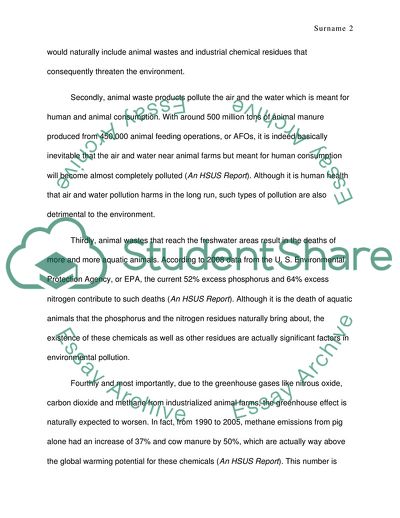Cite this document
(Agricultural Waste System as an Effective Means to Regulate Research Paper, n.d.)
Agricultural Waste System as an Effective Means to Regulate Research Paper. https://studentshare.org/environmental-studies/1800234-protecting-the-environment
Agricultural Waste System as an Effective Means to Regulate Research Paper. https://studentshare.org/environmental-studies/1800234-protecting-the-environment
(Agricultural Waste System As an Effective Means to Regulate Research Paper)
Agricultural Waste System As an Effective Means to Regulate Research Paper. https://studentshare.org/environmental-studies/1800234-protecting-the-environment.
Agricultural Waste System As an Effective Means to Regulate Research Paper. https://studentshare.org/environmental-studies/1800234-protecting-the-environment.
“Agricultural Waste System As an Effective Means to Regulate Research Paper”. https://studentshare.org/environmental-studies/1800234-protecting-the-environment.


